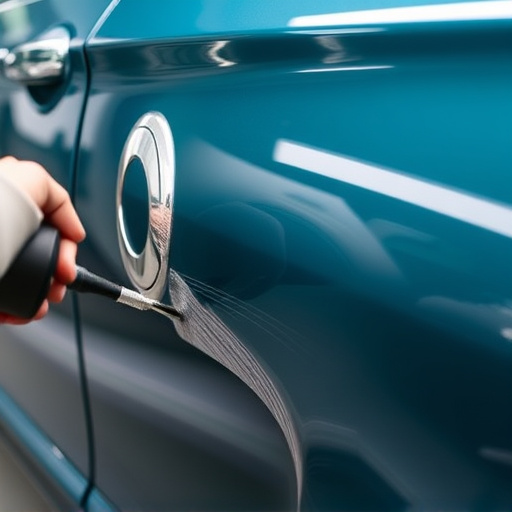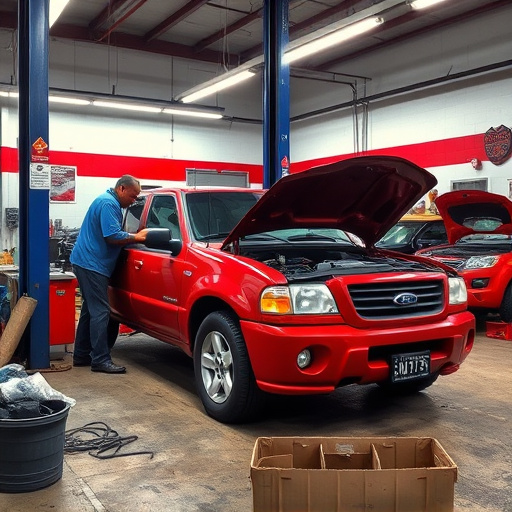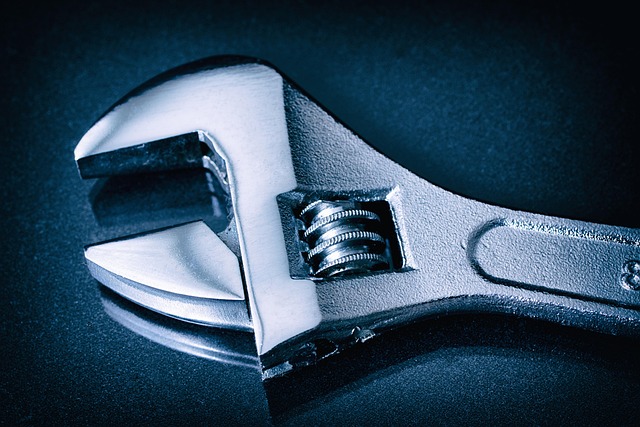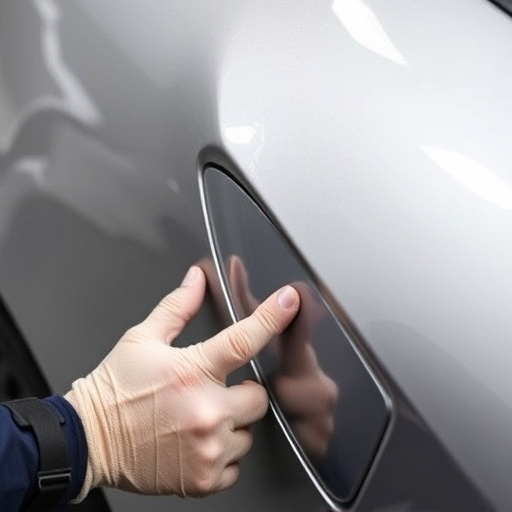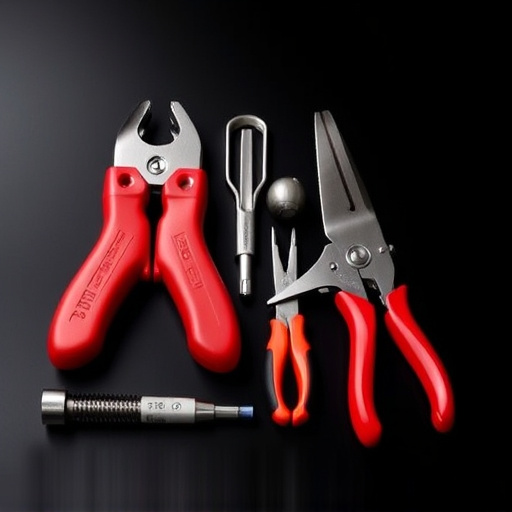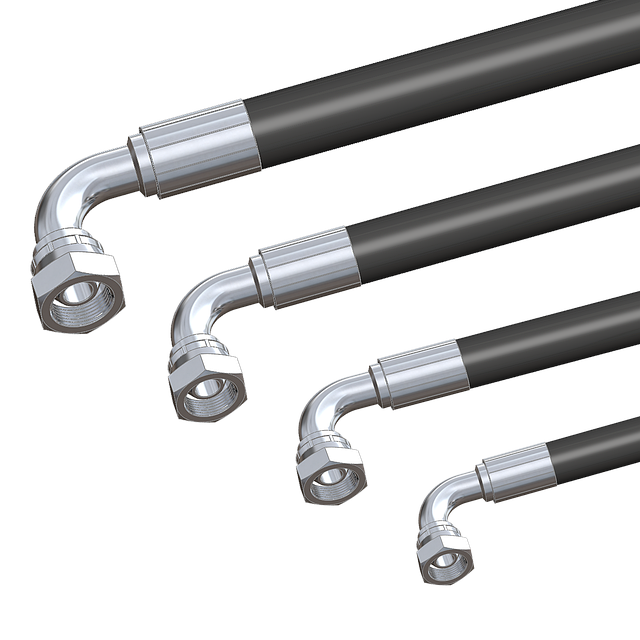Mercedes windshield replacement isn't just about swapping glass; it requires recalibration of Advanced Driver Assistance Systems (ADAS) sensors, crucial for safety features like adaptive cruise control and automatic emergency braking. Professional services specializing in Mercedes vehicles have the expertise and tools to accurately calibrate these sensors after any structural changes, ensuring seamless operation of ADAS features and enhanced driver safety and convenience.
After installing a new Mercedes windshield, proper recalibration of Advanced Driver Assistance Systems (ADAS) sensors is crucial. These sensors play a vital role in ensuring safety features like lane-keeping assist and adaptive cruise control function optimally. Mercedes windshield replacement can disrupt sensor calibration, leading to reduced system effectiveness. This article guides you through the process of recalibrating ADAS sensors post-windshield installation, ensuring your Mercedes’ safety and technological prowess remain unimpeded.
- Understanding ADAS Sensors and Their Role in Mercedes Vehicles
- The Impact of Mercedes Windshield Replacement on Sensor Calibration
- Step-by-Step Guide: Recalibrating ADAS Sensors After Windshield Installation
Understanding ADAS Sensors and Their Role in Mercedes Vehicles
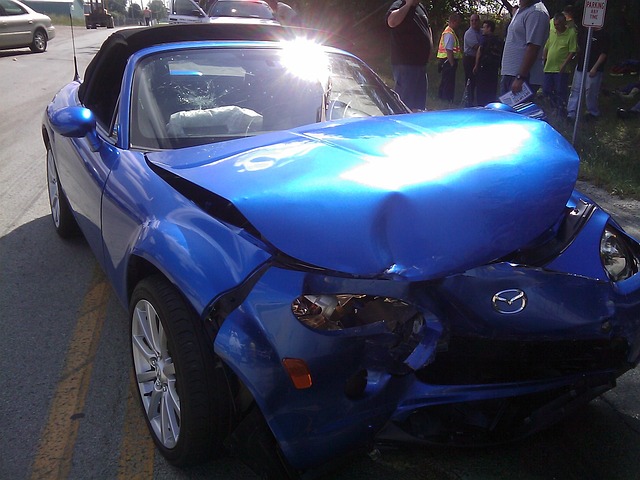
Advanced Driver Assistance Systems (ADAS) sensors play a pivotal role in modern Mercedes vehicles, enhancing safety and driving experience. These sensors are designed to detect and interpret the surrounding environment, enabling features like adaptive cruise control, lane-keeping assist, and automatic emergency braking. When a Mercedes windshield replacement is performed, it’s crucial to ensure these ADAS sensors are properly recalibrated to maintain optimal performance.
Regular auto maintenance includes checking and recalibrating these sensors, which can be affected by changes in the vehicle’s structure due to the installation of new windshields or other auto body restoration work. Car repair services specializing in Mercedes vehicles have the expertise and tools required to perform this delicate task, ensuring that every sensor is accurately calibrated for seamless operation of ADAS features, thus providing drivers with the safety and convenience they expect from their luxury vehicles.
The Impact of Mercedes Windshield Replacement on Sensor Calibration

Mercedes windshield replacement isn’t just about installing a new glass panel; it’s a critical procedure that requires meticulous attention to ensure optimal vehicle performance. After replacing a Mercedes windshield, recalibration of Advanced Driver Assistance Systems (ADAS) sensors becomes essential. These sensors are integral to safety features like adaptive cruise control, lane keeping assist, and automatic emergency braking.
The process of auto body painting or auto collision repair during a Mercedes windshield replacement can disrupt the sensitivity and accuracy of these ADAS sensors. Even minor adjustments during installation or changes in the vehicle’s structural integrity can cause sensor calibration issues. Therefore, after completing the Mercedes windshield replacement, it’s crucial to have a professional recalibrate the sensors to guarantee that all safety systems operate at peak efficiency, enhancing both driver confidence and road safety.
Step-by-Step Guide: Recalibrating ADAS Sensors After Windshield Installation

After successfully installing a new Mercedes windshield, recalibrating your Advanced Driver Assistance Systems (ADAS) sensors is crucial to ensure optimal safety and performance. This process involves several straightforward steps that can be completed at an auto repair shop or even as a DIY project for those with mechanical inclinations. First, park your vehicle in a safe, open area, turn off the engine, and allow all systems to fully power down. Then, using specialized tools (often provided by your Mercedes dealer), perform a system check to identify any anomalies.
Next, access the ADAS sensor settings via your car’s diagnostic port or infotainment system. Initiate the recalibration procedure, which typically involves driving at specific speeds and following on-screen instructions. During this process, sensors like cameras, lidars, and radars will be adjusted to account for any changes in positioning due to the new windshield or bumper repair (if applicable). Once complete, repeat the system check to verify that all sensors are functioning correctly, ensuring your vehicle is ready to navigate with enhanced safety features after a Mercedes windshield replacement.
After installing a new Mercedes windshield, proper recalibration of Advanced Driver Assistance Systems (ADAS) sensors is crucial for optimal performance. This process ensures the safety and efficiency of features like adaptive cruise control and lane-keeping assist. By following a systematic approach outlined in this article—from understanding ADAS sensors to the step-by-step recalibration guide—owners can ensure their Mercedes vehicles maintain top-notch safety standards post windshield replacement. Remember, timely sensor recalibration is key to preserving the advanced driver assistance systems that make Mercedes cars stand out on the road.
